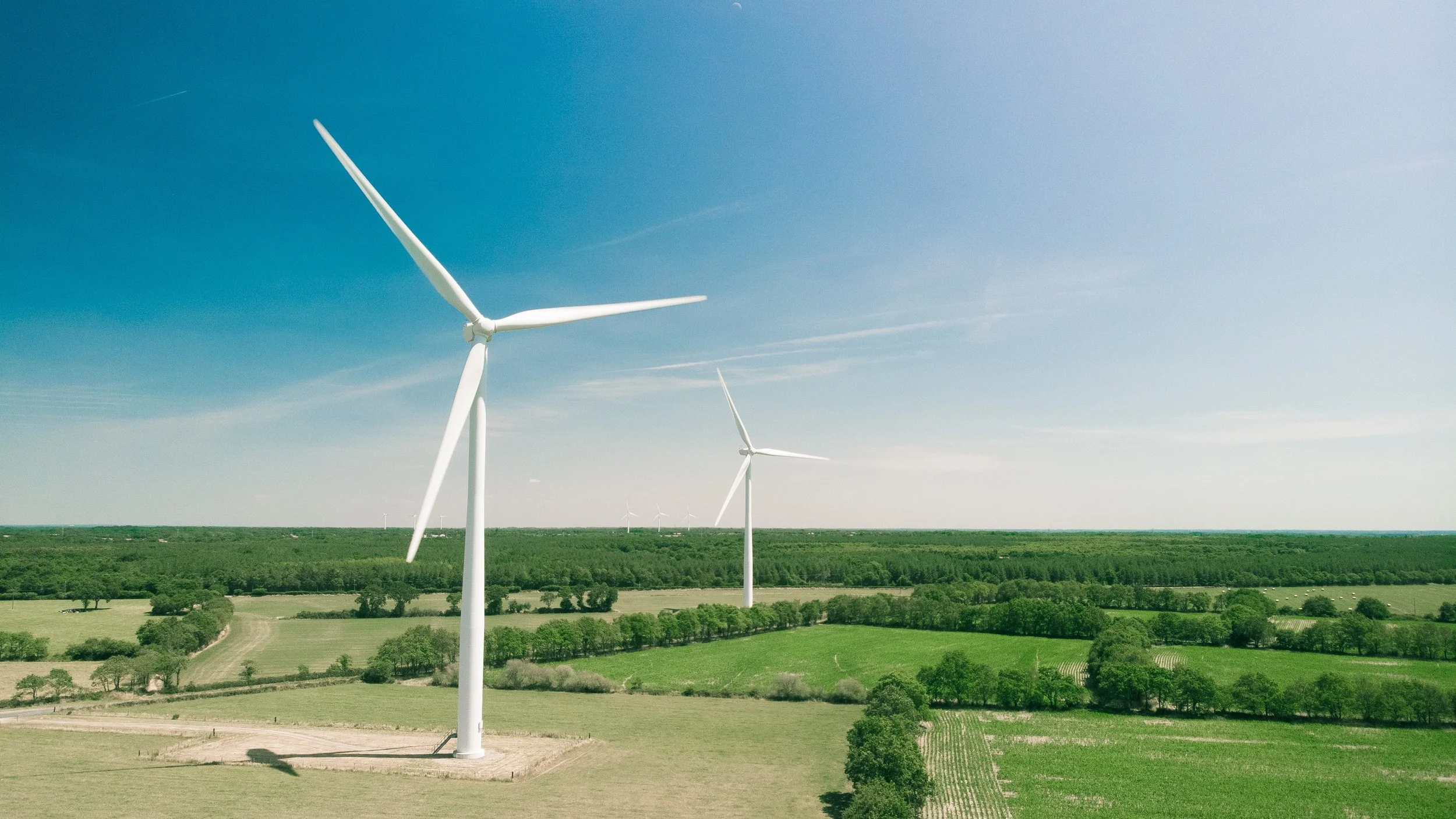Eco in Motion: Europe's Sustainable Journey Propelled by Wind Energy
Photo by Thomas Reaubourg on Unsplash
In recent decades, wind energy has emerged as a vital component of Europe's power production. With a growing need for clean energy sources and the urgency to transition away from fossil fuels, wind power has proven to be a crucial technology in Europe's decarbonisation efforts.
Inspired by this recent news article on the biggest players in Europe's wind game, this blog post explores the significance of wind energy for the European Union (EU).
Wind Power's Contribution to Europe's Energy Mix
Wind power has witnessed remarkable growth since the 1980s. According to a report by Kira Taylor for EuroNews.green, wind power will provide 17% of Europe's total electricity consumption in 2022. The simple concept of harnessing the wind to generate electricity has made it a key technology in Europe's transition towards clean energy.
Leading Countries in Wind Power Generation
Denmark, Germany, and the UK have been pioneers in the wind power revolution and continue to be significant players in the industry. According to Taylor's research, Denmark holds the top spot, with 55% of its energy consumption coming from wind power, followed by Ireland (34%), the UK (28%), and Germany (26%). These countries' success can be attributed to stable policies, ambitious targets, and a clear strategy for wind energy development.
Lessons from Wind Power Leaders
The countries at the forefront of wind power development offer valuable insights for other nations. Denmark, Germany, and the UK demonstrate that a clear and stable strategy, accompanied by ambitious targets, is crucial for success. According to Taylor, aligning policies, spatial planning, permitting, and grid planning towards the common goal of wind energy expansion are essential for success. Countries like Denmark have unlocked their wind power potential by establishing favourable conditions.
Overcoming Challenges in Wind Energy Development
All is, of course, not well on the wind (energy) front. According to Taylor, some European countries face challenges in realising their wind power potential. Latvia, Bulgaria, Romania, and the Czech Republic are identified as countries that must enhance their wind power presence and attract investments. Clear targets, attention from investors, and improved financing mechanisms are essential to utilise the untapped potential in these regions. Addressing permitting bottlenecks and grid congestion is crucial for maximising wind energy deployment.
Unlocking Wind Power's Full Potential
All member countries must contribute significantly to meet the EU's 2030 renewable energy target. According to the research in Taylor's article, the EU currently falls short of the annual capacity deployment needed to achieve the goal. Countries like Estonia, Latvia, Lithuania, Romania, and Bulgaria have the opportunity to play a more substantial role by embracing offshore wind energy. Investing in offshore wind projects will help the EU meet its renewable energy targets and reduce reliance on fossil fuels.
Overcoming Barriers to Wind Energy Expansion
Permitting procedures and grid limitations remain significant challenges in realising wind power's full potential. As mentioned in Taylor's article, streamlining and accelerating permitting processes will encourage investment and foster renewable energy development. Similarly, upgrading power grids to accommodate higher renewable energy capacities is necessary to avoid curtailment issues and ensure a smooth energy transition.
Final thoughts
Wind energy is critical in Europe's transition to a sustainable future.
To achieve the EU's renewable energy goals and create a sustainable future, collaboration and concerted efforts are required from all member countries. By learning from the successes and challenges faced by wind power leaders like Denmark, Germany, and the UK, other nations can develop clear strategies, establish stable policies, and set ambitious targets to unlock their own wind power potential. Furthermore, addressing permitting bottlenecks and grid limitations and investing in offshore wind projects will be instrumental in meeting the EU's 2030 renewable energy targets.
By harnessing the power of wind, Europe can reduce its carbon footprint, mitigate climate change, and build a greener, more sustainable energy landscape for generations to come.


